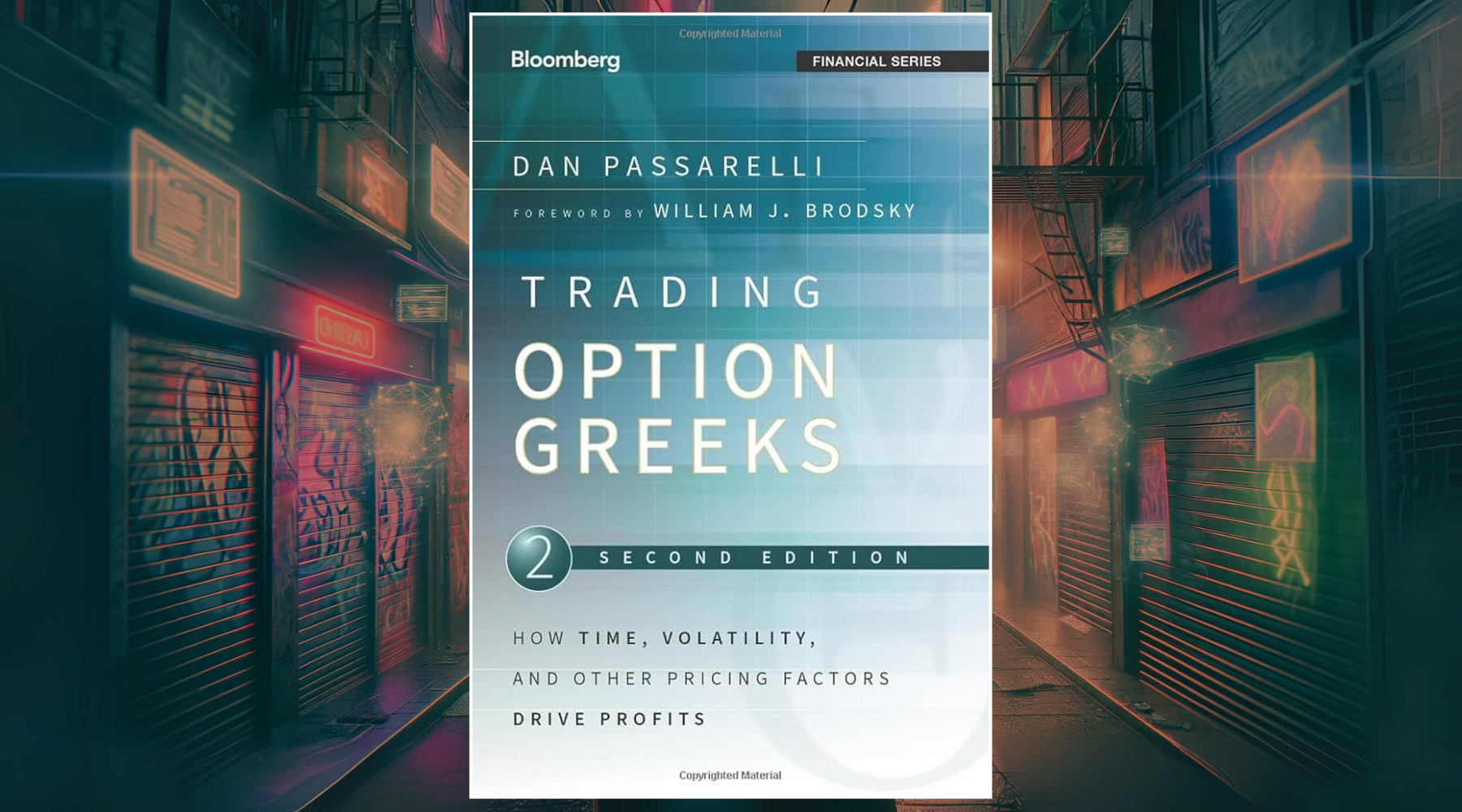24 Essential Lessons for Investment Success
My Book Summary
This was a great book, but only if you haven’t read William O’Neil’s How To Make Money In Stocks book. This 24 Essential Lessons was basically a condensed version of his previous best seller. Not sure if I learned anything new that I didn’t read about already, but this book is really good if you don’t plan on reading anything else by O’Neil.
This book clearly defines O’Neil’s system and what he looks for in a good trade. I’ll keep this short and just break down the 24 essential lessons for investment success as concisely and short as possible.


Summarized - 24 Essential Lessons for Investment Success
- Cut Losses Quickly - As a new investor, be prepared for some small losses and cut your losses if a stock drops 8% below your purchase price.
- Start Now - It only takes $500-1000 to get started with a small account. Don’t start with a margin account.
- Follow Your System, Not Your Emotions - Don’t get emotionally involved in your trades. Follow your plan and get out when you planned, win or lose.
- Fundamental or Technical Analysis? - You need to learn and understand both. Just knowing one or the other leaves you lacking information.
- Strong Sales & Earnings - The most important characteristics of O’Neils winning stocks is strong and continuously increasing quarterly earnings and sales.
- Relative Price Strength - Select stocks with over 80% Relative Price Strength compared to similar companies. This will help you cut out the mediocre companies.
- Leading the Industry - Big winners come from the leading industry and sub-group of that industry. Always choose stocks from this group.
- Volume & Institutional Ownership - Look for large buying volume. Big investors and mutual funds support the stocks they buy.
- Cup & Handle, Base Breakout - When the stock is breaking out of a solid base pattern, or Cup & Handle, you should see increasing volume.
- Patterns - Avoid faulty patterns. Look for these patterns: “cup and handle”, “double bottom”, and “flat base”. Buy on the way up out of these patterns.
- Chart Reading - Most successful stocks, as they make their way up in price, build a number of bases, each one a different “stage” base.
- Gauge the Stock Market’s Health - Ignore personal opinions about the market. Just keep studying the day-to-day price and volume changes in the leading indices.
- Spotting a Market Top - After four or five days of distribution within a two to three week period, the general market will normally turn down. Distribution is indicated by the index closing down on increased volume or a day’s attempted advance stalling on greater volume than the day before.
- Spotting a Market Bottom - Bear markets normally come in two or three waves, interrupted by several attempted “false” rallies that usually fizzle out after one to three weeks and occasionally five to six weeks or more. Eventually one of the rallies will “follow-through”. This occurs when one of the indices closes up 1% or more with a jump in volume from the day before.
- Putting the Puzzle Together and Picking Your Stock - Once you determine you’re in an uptrending market, make your selection. The best picks have strong earnings and sales growth, increasing profit margins and high return on equity of at least 17%, all while being in a leading industry group.
- Using Investor’s Business Daily - This is O’Neil’s promotional section. He started Investor’s Business Daily, and he explains how to use this as a great research tool.
- Growth vs. Value Investing - Growth investing is for trading, in which you can catch explosive and predictable moves. Value investing is buying underpriced assets that you plan on holding forever.
- Keep It Simple - When starting out, keep it simple. Only invest in domestic stocks. Don’t overburden yourself with Options, Futures, or low priced stocks.
- The Right Mix for a Portfolio - Diversification and asset allocation are not necessary. Concentrate your portfolio to just a few strong stocks. If you have $5000 to start with, just buy one or two stocks. If you’re at $25,000, three to four stocks would be about right.
- When to Sell - Always cut losses if you are down 8% on a position, that’s the #1 rule. Don’t sell or take profit if your market leading stock is up 20% in only two or three weeks. That’s a sign of a really powerful move, and you may be holding a huge winner.
- More Selling Rules - Sell a stock if the earnings per share shows a major deceleration in growth for two quarters in a row. Sometimes you should sell a stock that is consistently moving up slower than your better performing stocks. That money could be used on better performing stocks.
- Mutual Funds - A different type of investment, but mutual funds can compound immensely over the years. Just buy and hold.
- Investor’s Business Daily - Another section about learning to use O’Neil’s Investors Business Daily as a research tool.
- Online Resources - It’s easy to get overloaded with information now on the internet. Always consider the potential bias of the writers that you read.
24 Essential Lessons for Investment Success
William J. O'Neil's concise guide to proven investment strategies from the founder of Investor's Business Daily. Master the essential techniques for identifying winning stocks, timing the market, and building wealth through disciplined investing. Learn the CAN SLIM methodology and other time-tested approaches to stock selection.
View on Amazon
It was really simple to read this book, with each section only a few pages. I have tons of information highlighted in the book, which means there were a lot of good quotes that I’ll come back to eventually. Whether this system, which O’Neil calls CAN-SLIM, is something you could use or not is up to you, but I think every investor should read this book or his book How To Make Money In Stocks.










Leave a comment
This site is protected by hCaptcha and the hCaptcha Privacy Policy and Terms of Service apply.